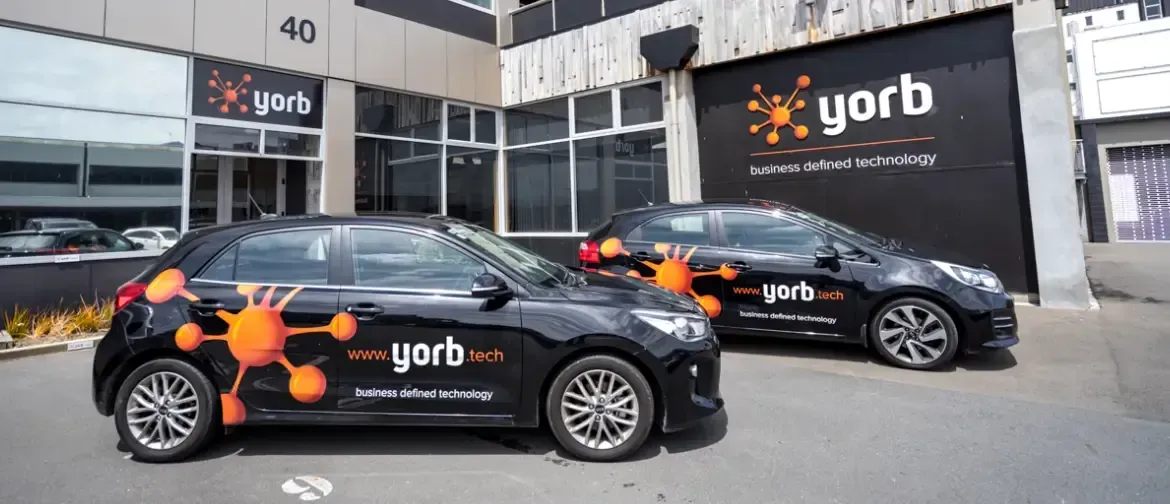The Benefits of Proactive End-of-Life Management for Systems and Hardware
Renee Gleeson • August 11, 2023
Tech waits for no one, right?. It’s always evolving, and businesses are constantly seeking ways to maintain a competitive edge while ensuring security and efficiency. While the latest and greatest can be enticing, the reality is that all technologies have a lifecycle. Proactive end-of-life management for systems and hardware isn't just about accepting the inevitable; it's about harnessing a multitude of benefits that come from strategic planning, risk mitigation, and a future-forward approach.
Let’s talk about the top 5 advantages of proactive end-of-life management for your systems and hardware.
Maximising Efficiency and Performance
As systems and hardware age, they gradually lose their efficiency and performance capabilities. Proactive end-of-life management involves assessing the current state of these components and identifying when their functionality starts to decline. By pre-emptively replacing or upgrading these systems, businesses can maintain high performance levels, reduce downtime, and ensure that their operations run smoothly without disruptions.
Mitigating Security Risks
Outdated systems and hardware pose a significant security risk to businesses. Cyber threats are becoming sophisticated, targeting vulnerabilities in older technologies. Proactive end-of-life management enables organisations to identify potential security gaps and address them before they can be exploited. By moving to newer, more secure solutions, businesses can safeguard their data, protect their sensitive information, and maintain compliance with industry regulations.
Enhancing Scalability and Flexibility
Agility is crucial in modern business. Outdated systems and hardware can limit a company's ability to scale and adapt to changing market dynamics. Proactive end-of-life management allows businesses to strategically upgrade their infrastructure, ensuring that their technology is aligned with their growth strategies. This enhanced scalability and flexibility empower organisations to respond to change, grab opportunities, and innovate with confidence.
Cost Savings and ROI Optimisation
While it might seem counterintuitive, proactively managing end-of-life systems and hardware can lead to significant cost savings over time. Legacy systems often require more support and maintenance, leading to higher operational costs. As these systems become harder to maintain and source replacement parts for, costs can escalate further. By transitioning before a disaster, businesses can optimise their Return on Investment (ROI) by reducing maintenance expenses and improving overall operational efficiency.
Future Proofing Technology Investments
Technology is evolving and businesses need to stay relevant to remain competitive. Proactive end-of-life management means you don't get caught in a cycle of playing catch-up with emerging technologies. By strategically planning for the replacement of systems and hardware, organisations can position themselves at the forefront of technological innovation, setting the stage for sustainable growth and success.
The advantages of proactive end-of-life management for systems and hardware are huge. Beyond the surface of upgrading technology, this approach empowers businesses to maintain efficiency, enhance security, and future-proof their operations. By embracing change and recognising the opportunities that come with it, organisations can transition seamlessly to new technologies, ensuring they are well-equipped to navigate the complexities of the digital age. In the dynamic world of technology, proactive end-of-life management isn't just about keeping up; it's about staying ahead.
Recent Posts




